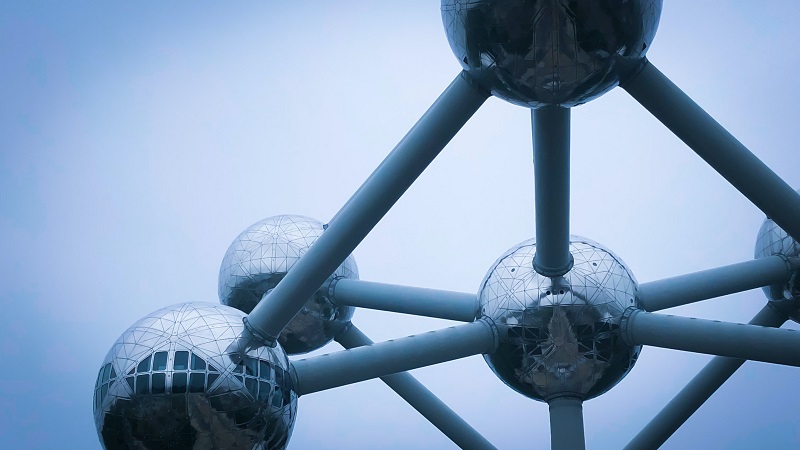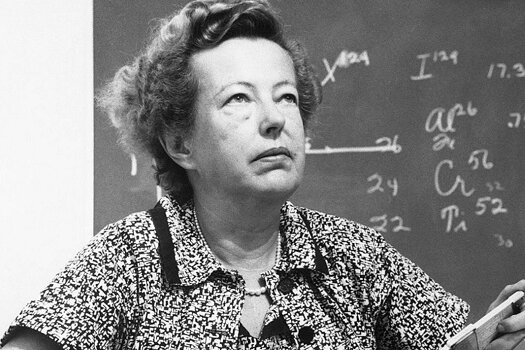Maria Goeppert Mayer
Episode #4 of the course Ten significant women in science by James Wareing
Today’s lesson brings us another pioneering scientist, the second woman to win the Nobel Prize in physics. Maria Goeppert Mayer (born Maria Goeppert) was born in Kattowitz (then part of the German Empire but now in modern-day Poland) in 1906. Her family had a long history in science, her father was the sixth generation of university professors from his side of the family. Maria would go on to exceed the example set by her descendants and establish herself as one of the most significant scientists of the century.
What Did She Do?
She studied physics at Gottingen University, producing an outstanding doctoral thesis, with theories so developed that they could not be verified until 30 years later. After she gained her Ph.D., she moved to America with her husband Joseph Meyer, who took up a professorship at the John Hopkins University. However, her husband was not allowed to employ her there as there were strict rules against nepotism. The rules though were mainly used to hinder the employment of women married to male professors. She was, therefore, to continue her work unpaid for many years.
During the Second World War, she worked on the Manhattan Project, working on the potential use of fissile uranium-235 isotopes for a nuclear bomb. The method that she developed would not be practical at the time but would later become possible through the discovery of the potential of lasers. In 1945, with the development of the nuclear bomb approaching, she took part in research into the properties and effects of radiation in the event of a bomb going off.
After the war, she moved to Chicago with her husband and she was granted the position of Professor in the Physics Department and in the Institute for Nuclear Studies (a paid position and the chance to be a professor in her own right – continuing the tradition of her family).
Here she worked with Edward Teller, looking at the origin of elements, their structure, and link to magic numbers. This work led to the formulation of the mathematical model nuclear shells (the nuclear shell model). It helped to determine why certain arrangements of the nucleons within the nucleus lead to stable elements and why some elements have isotopes. This was a key breakthrough in the field of nuclear physics and had solved a long-running problem that had left many experimental results unexplained.
She was awarded the Nobel Prize in Physics in 1963, for her work in identifying the nuclear shell model. She became a professor at the University of California in 1960 where she worked up until her death in 1972.
Legacy and Challenges Faced as a Woman
At John Hopkins, she was often marginalized, kept away from the main research, and given subsidiary roles. Her husband attributed his firing from John Hopkins to the presence of his wife and the prejudice that male scientists viewed her work with. The same applied when they moved to Columbia University in 1939, again, despite her expertise, she was not given a salary.
In her honor the unit for the two-photon absorption cross-section is named after her, the Goeppert Mayer unit (GM). Every year the American Physical Society gives the Maria Goeppert Mayer Distinguished Scholar award to an outstanding woman scientist or engineer. There is a crater on Venus named after her, as well as a postage stamp being issued in her honor in the United States. Both these facts recognize her impact not just on her field but on science in general.
In our next lesson, we shall learn about Dorothy Hodgkin and how she became the first and only British woman to win the Nobel Prize in Chemistry.
Recommended book
Maria Goeppert Mayer: Physicist (Women in Science) by Joseph Ferry
Share with friends


